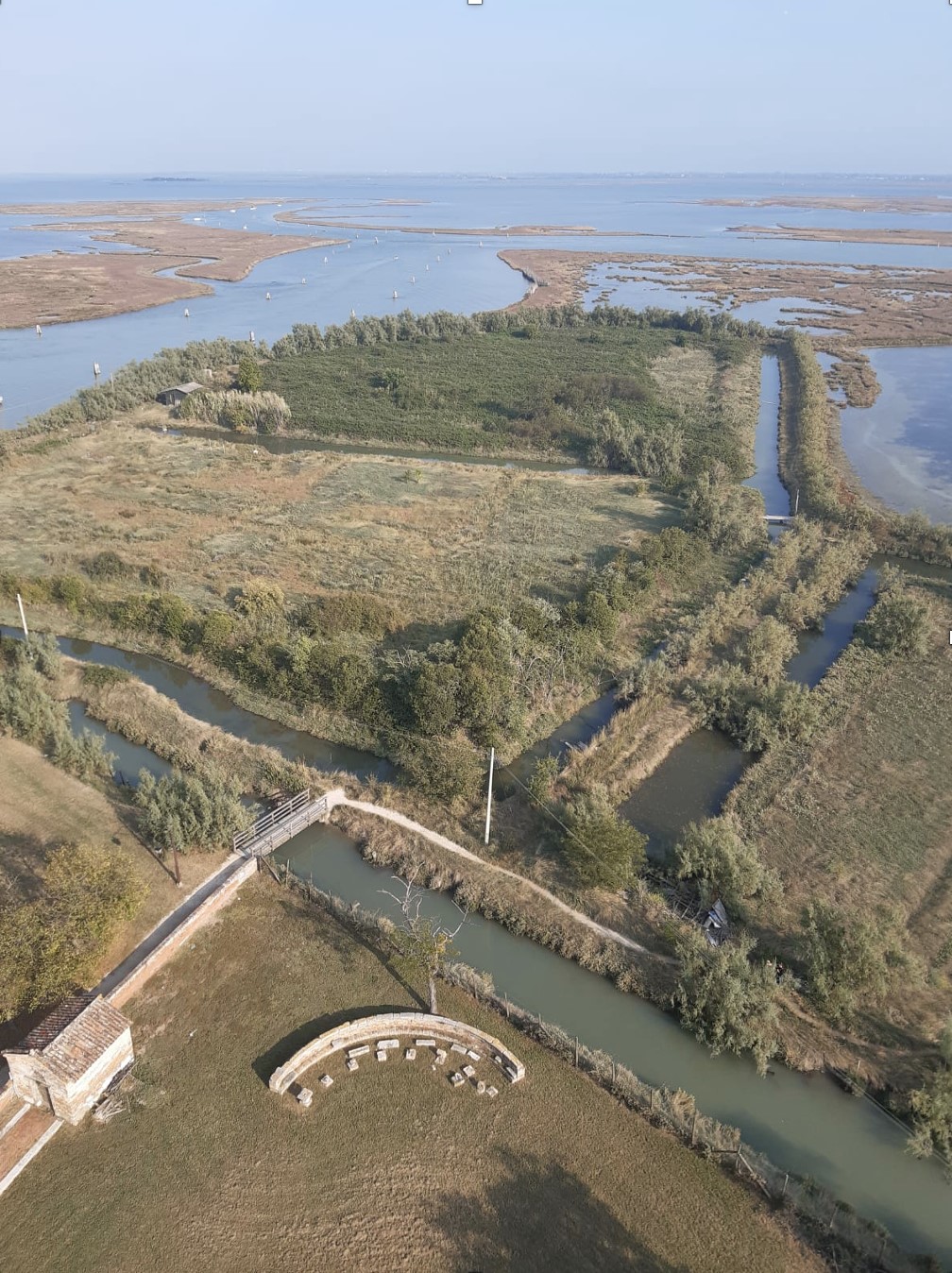The Venice Lagoon is an area facing some major challenges: an area of unique food production, high demand for fresh produce, risky environmental and climatic conditions, and an area recognized as a UNESCO heritage site and planetary tourist destination. While until the 19th century the Venice lagoon was an almost self-sufficient territory in terms of food supply, today the high demand for products from inhabitants and visitors requires the import of much food from outside. It is therefore a fragile and complex territory that needs to be accompanied in a food transition.
The City of Venice signed the Milan Urban Food Policy Pact in 2015. Since then, a number of sectoral initiatives and programs have been implemented, especially in terms of supporting youth and fragile social groups. However, there is a lack of coordination among these initiatives and there are neither programs nor strategies for the future of the local food system.
Today local producers are struggling to stay in the market. They can offer high-quality products from a unique environment. However, high production costs and the limited size of production sites reduce their competitiveness in a tourist hit-and-run environment. In addition, lagoon production depends closely on ecologically balanced environmental conditions, which are currently at risk.
Cities2030 partner organization participating in the Venice Lagoon CRFS Lab is the University IUAV of Venice (IUAV, P38).

